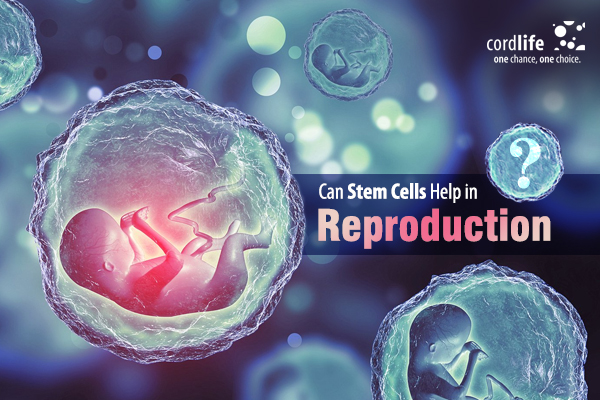Table of Contents
Creating an embryo or sperm with the help of stem cells from any part of the body may seem like something out of a science fiction movie or novel. However, research suggests otherwise.
At present, stem cells are being used to treat a wide range of diseases that range from Leukemia to Sickle Cell Disease. The regenerative properties of stem cells are why researchers are hopeful that it can help treat reproductive disorders one day. Although there haven’t been any human trials to study stem cells’ effectiveness in forming an embryo or sperm, there have been mice trials that have been highly successful.
In a study1 conducted at the Kyushu University in Fukuoka by a team of reproductive biologists led by Katsuhiko Hayashi, they were able to produce mouse eggs from the skin cells taken from an infertile mouse under laboratory conditions. Using a process known as re-programming, they turned these skin cells into Pluripotent Stem Cells (a type of cell that has the ability to transform into any cell, including an egg or sperm). This research yielded fertile pups from these eggs, made inside a petri-dish, which were pushed towards fertilization. This process is known as In Vitro Gametogenesis (IVG) and increases the possibility of having babies for couples using the cells of their liver, blood, or skin.
IVG is a massive development in Assisted Reproduction Technologies (ART) as it offers hope for many couples who are unable to bear a child due to dysfunctional gametes. Due to changing lifestyles, stress, environmental factors, etc., there is a steady rise in infertility cases. Hence, more and more couples are turning to alternative therapies and treatments as they long for their genetic offspring. IVG is a ray of hope even for same-sex couples who would otherwise have to look for a donor. It is also possible to use IVG for people who suffer from an absence of gametes due to conditions like PCOS, ovarian cancer, other ovarian diseases for women and nonobstructive azoospermia, or chemotherapy for cancer in men.
Although promising, the use of stem cells in reproductive therapies is far from perfect. The study2 also reflected that only 3.5% of the embryos implanted were able to grow into healthy mice, while 18% of the stem-cell-derived eggs showed an unusual number of chromosomes. This anomaly could have led to genetic disorders in the pups. Hence, researchers are delving into this topic with utmost caution. Especially, when the stem cells are embryonic ones or those from the umbilical cord blood and cord tissue
Apart from research moving forward at a slow pace, there are also some reservations surrounding the ethical and legal boundaries that need to be set around its use. Some argue that prospective parents may create multiple embryos only to select the best of the lot or an individual may use the technology to create an offspring from the cells of another individual without their consent or knowledge.
With so many implications and conundrums surrounding stem cells’ use to create embryos, it’s only best to wait and watch the developments. The day is not too far where infertile couples will be able to cradle their genetic offspring with the help of science.
Sources:
- eurostemcell[dot]org/reproduction-and-fertility-how-could-stem-cells-help
- sciencemag[dot]org/news/2016/10/mouse-egg-cells-made-entirely-lab-give-rise-healthy-offspring
Reference Links:
- parents[dot]com/pregnancy/giving-birth/labor-support/alternatives-to-epidurals-during-labor/
- cordlifeindia.com/blog/scientists-developed-fertilized-eggs-mouse-stem-cells/#_ftn2
